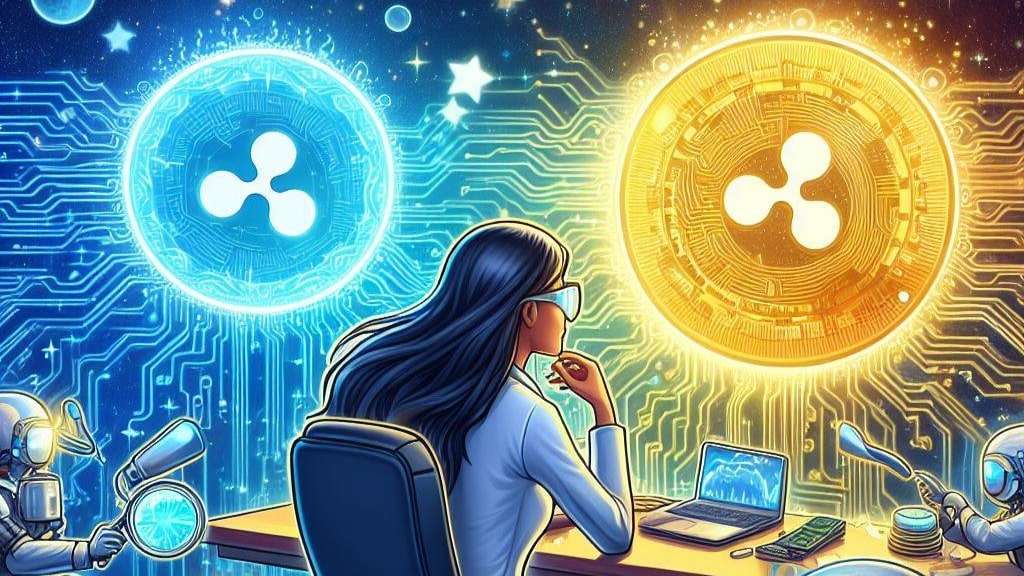
In the ever-evolving realm of cryptocurrencies, the correlation between XRP (Ripple) and XLM (Stellar) prices has long puzzled market enthusiasts and analysts. Ripple’s Chief Technology Officer, David Schwartz, recently shed light on this enduring enigma, offering insights that peel back the layers of this complex relationship.
The intriguing saga of XRP and XLM prices moving in tandem has been a topic of fascination and debate within the cryptocurrency community for years. Schwartz, responding to inquiries from the XRP community, addressed the curious phenomenon that has left many scratching their heads.
Contrary to popular belief, Schwartz dismissed notions that Ripple’s monthly XRP escrow releases were solely responsible for curbing significant price surges in XRP. An XRP community figure, Mr. Huber, highlighted the striking similarity in price movements between XRP and XLM, questioning the narrative that linked XRP’s performance exclusively to Ripple’s actions.
To provide clarity, Schwartz shared a chart illustrating the parallel movements of XRP and XLM, igniting discussions about the reasons underpinning this synchronized dance of prices.
Delving deeper into the intricacies of this correlation, Schwartz acknowledged the multifaceted nature of the situation. He emphasized the complexity of determining the precise drivers behind this inexplicable bond between XRP and XLM prices.
Schwartz pointed out that digital assets, by their very nature, tend to exhibit substantial correlation. This correlation, he argued, stems from the ongoing endeavor of the market to discern the future role of these tokens amidst a rapidly evolving industry landscape.
The Ripple CTO also underscored the interconnectedness of the broader cryptocurrency market. Changes in one asset, he noted, often trigger a cascading effect across the entire market due to its sensitivity to industry developments.
Despite prevalent speculation linking this correlation to Bitcoin’s influence, Schwartz expressed skepticism about the idea that Bitcoin single-handedly dictates the fate of all other assets. He posited that there might not be compelling reasons for these assets to strictly mirror Bitcoin’s trajectory.
Offering an intriguing perspective, Schwartz suggested that market participants might perceive XRP and XLM as necessitating similar conditions for success or failure. This perception, he hypothesized, contributes to the reinforced correlation between the two assets, as sentiments surrounding one spill over into the other.
Moreover, Schwartz addressed the speculation about an algorithm native to XLM driving its price to follow XRP’s. While acknowledging other plausible explanations, he dismissed the idea of manipulation, finding it challenging to believe in such notions.
The ongoing debate about whether this correlation is due to shared sentiments, algorithms, or broader market dynamics continues to captivate crypto enthusiasts. However, the enigmatic relationship between XRP and XLM prices remains a fascinating aspect of the cryptocurrency landscape, sparking discussions and deeper analyses within the community.
As the crypto market evolves and adapts to new developments, unraveling the mysteries behind these interconnected price movements might hold the key to understanding the broader dynamics shaping the digital asset sphere.
In conclusion, while the reasons behind the synchronized movements of XRP and XLM prices remain elusive, David Schwartz’s insights provide a glimpse into the intricate web of factors influencing the captivating correlation between these two prominent cryptocurrencies.
Get the latest Crypto & Blockchain News in your inbox.